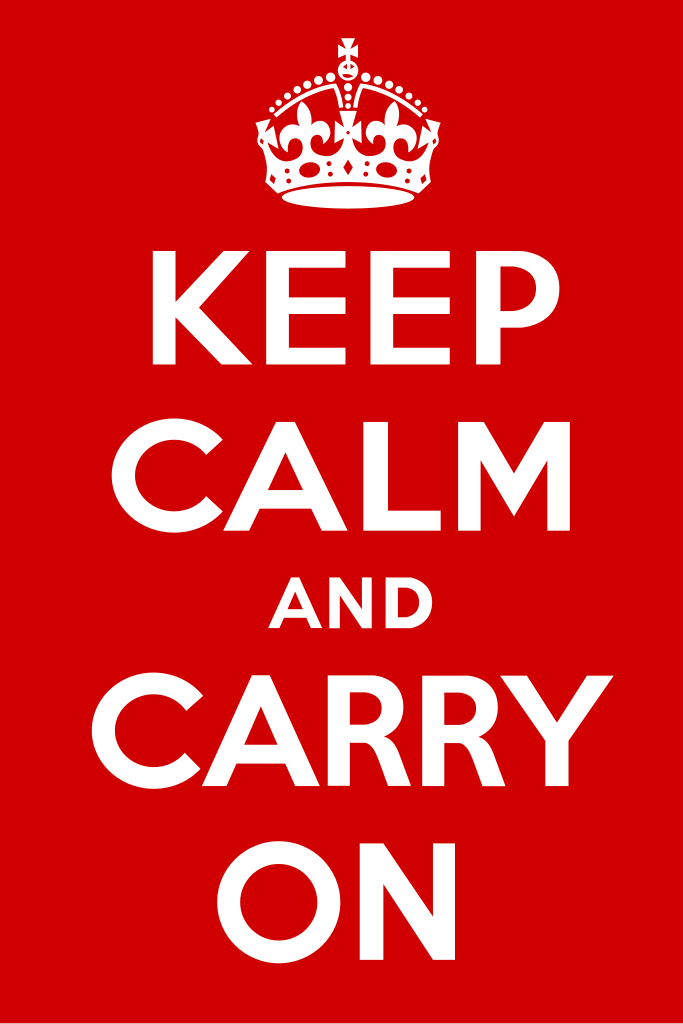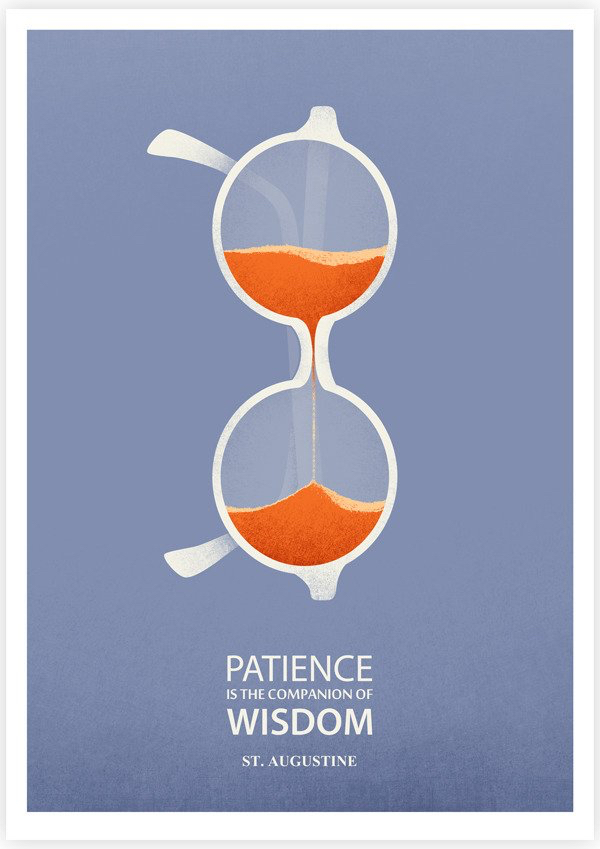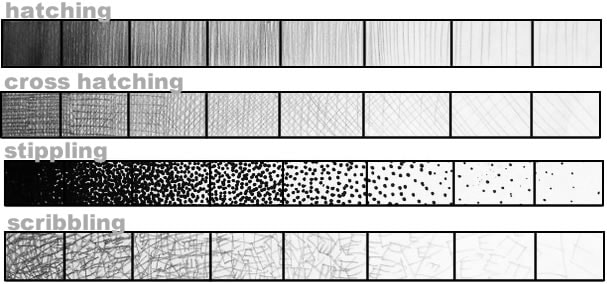You have to create a motivational poster related to the current
situation. It can be a poster addressed to your friends, or to your family, or
to the people who are ill, or to the people who are working outside their
homes, or to the people living alone, …
You can use the technique that you prefer (pencils, markers,
crayons, collage…) but, obviously, USE ONLY MATERIALS THAT YOU HAVE AT
HOME.
Do it on any surface. You can use a piece of paper, cardboard or
any recycled material (a piece of cardboard from a cereals box, for example,
can work great!)
Choose the size and shape that you prefer. It can be a
rectangle (horizontal or vertical) or it can be a square or a circle…
You have EXPLANATIONS about what a poster is (and what a motivational
poster is) and several examples on our blog https://theweesketchbook.blogspot.com/
Write me an
email to theweesketchbook@hotmail.com if you have any questions, and send there
your final works before the 2nd April.
SEND THERE A PICTURE OF THE FIRST TASK (SHADING TECHNIQUES) AS WELL, if
you have not done it yet (before the 2nd April).
Esta tarea será calificada como una trabajo práctico más del curso, y conforme a los criterios de calificación de la asignatura.
Esta tarea será calificada como una trabajo práctico más del curso, y conforme a los criterios de calificación de la asignatura.













